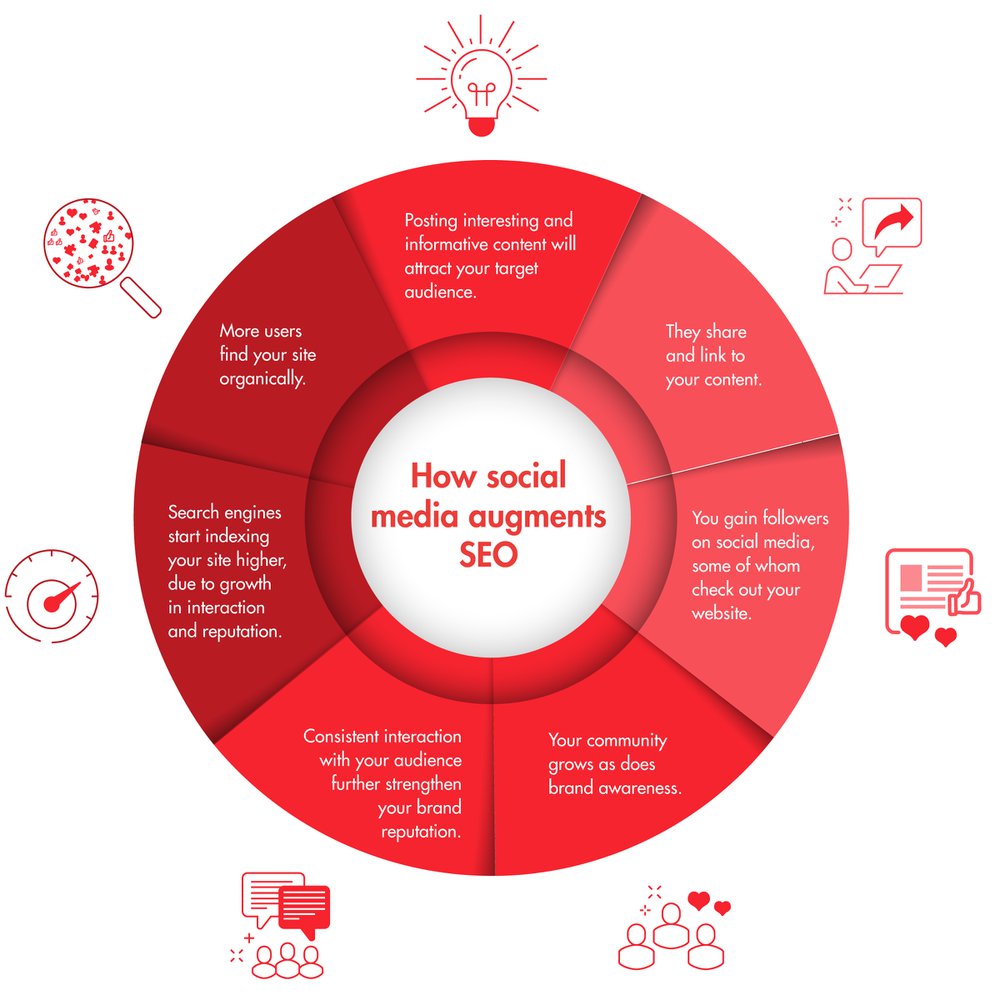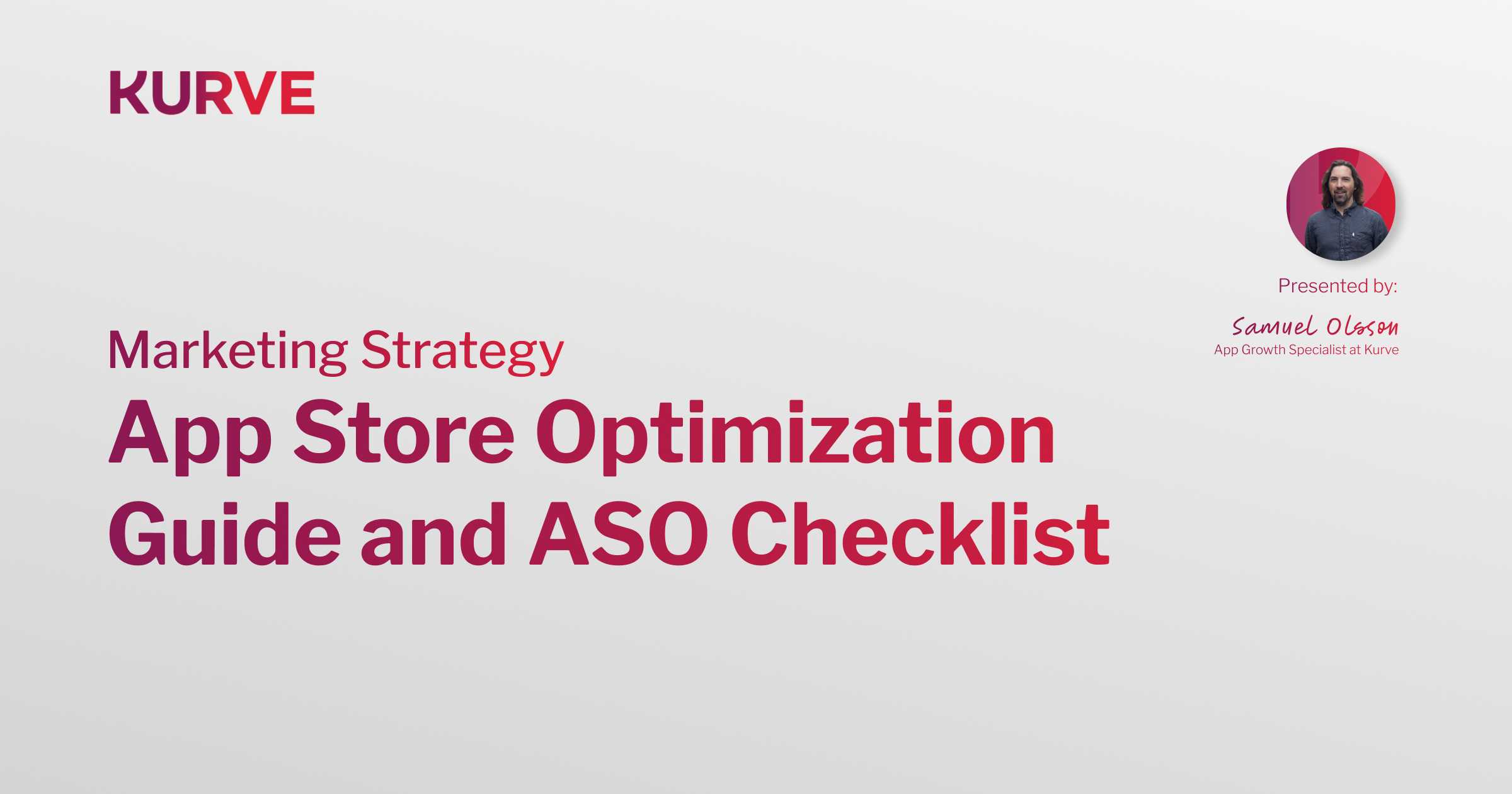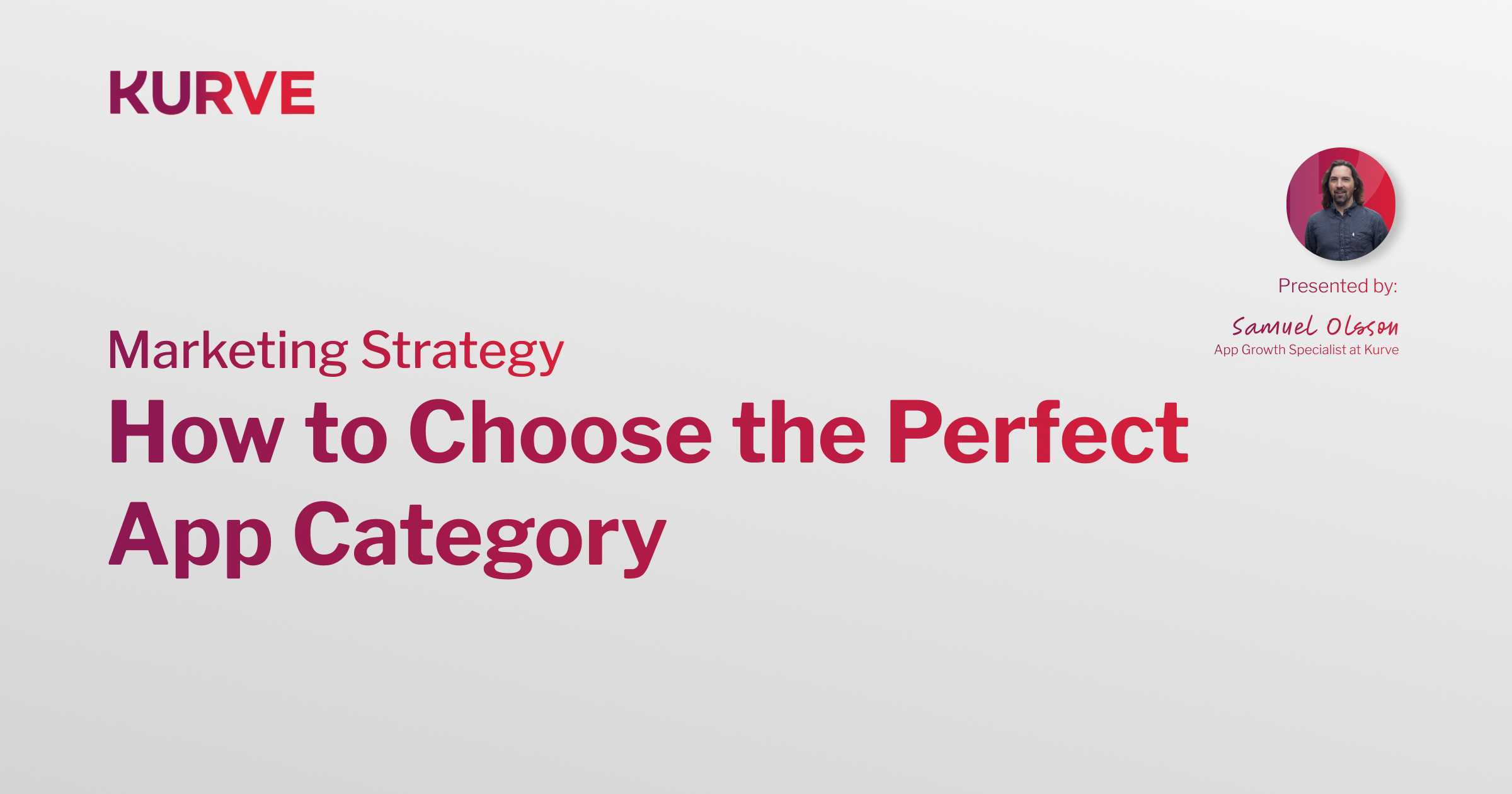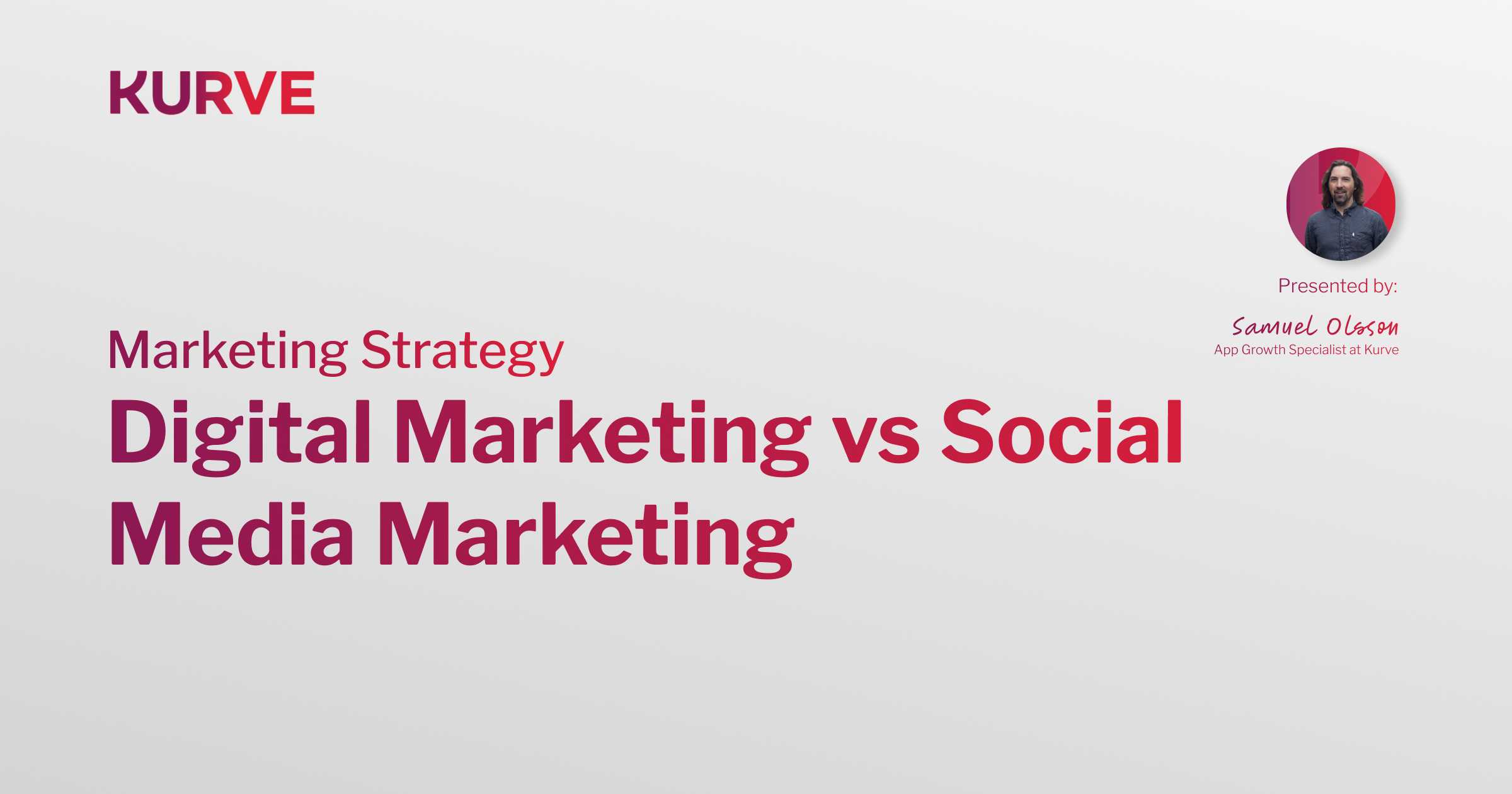Why is organic social media important
With social media advertising spend projected to be over $50 billion this year in the US alone, it’s clear that marketers recognise its value. However, what's crucial for consumer apps and digital services is understanding that the most effective user acquisition strategies combine high-quality organic social media with targeted paid campaigns.
Social media isn’t just for conversation. For consumer-facing brands, it's a powerful tool to increase brand awareness, build an authentic community, and, most importantly, acquire and retain loyal users.
So how can a consumer app cut through the noise and build a real connection with its audience? We recently partnered with Bounty, the UK’s leading pregnancy and parenting app, to refine their organic social strategy and do just that. This article explores the playbook we used and why organic social is a vital component of any app growth plan.

In this article, we look at why organic social media is a crucial component of the overall app marketing plan.
What is organic social media?
Organic social media means publishing free, non-sponsored content on social platforms. Whether through posts, photos, short-form video, or stories, organic content is the best way to create and nurture a genuine connection with your users at scale. It's about showing the human side of your brand through behind-the-scenes content, user-generated content (UGC) campaigns, and community conversations.
Unlike a standard user profile, brand pages include metrics for monitoring post performance and follower growth, providing valuable data to refine your strategy and better understand what your audience loves.
Organic social media vs. paid social media.
While the ultimate goal for both is app growth, paid and organic social use different methods. If organic social is about building and engaging a community through valuable content, paid social refers to advertisements or sponsored posts that you pay a platform to display to audiences beyond your followers.
Organic social should focus less on the hard sell and more on providing user-centric, entertaining, and helpful content. The goal is to build brand love and a loyal community. Paid social is the accelerator; it uses powerful demographic and psychographic targeting to push app install ads or promotional content to high-value user personas, driving scalable user acquisition and conversions.
Which one is better? That's the wrong question. Organic posts are brilliant for engaging your existing user base and building brand affinity, but their reach is often limited. Paid social is incredibly effective at attracting and converting entirely new users. The most successful apps use them together.
Learn more about paid social campaigns and their primary platforms.
Why is organic social media important for app growth?
On average, an organic social post on Facebook will reach just 5.5% of a business's follower count. So, with limited reach, why is organic social essential for a successful app marketing strategy?
Cost-Effectiveness
Publishing and sharing content is entirely free on most social media platforms. For new apps or those with tight marketing budgets, a strong organic social strategy is a highly cost-effective way to build an online presence and connect with your first 1,000 true fans.
Trust
Trust is the currency of the digital world. For consumer apps, especially in sensitive areas like parenting, it's paramount. In our work with the parenting app Bounty, we built a strategy around authentic User-Generated Content (UGC). We collaborated with real parents to create unscripted 'day in the life' videos that showcased their genuine experiences. This approach builds trust and relatability in a way that polished ads never could, fostering genuine connections that reinforce the app's vital role for new parents.

Engagement
Engagement is a two-way street. It’s not just about posting; it’s about proactively participating in the conversations your users are already having. As part of our strategy for Bounty, we deployed a targeted comment engagement strategy on TikTok and Instagram. By engaging conversationally with parenting influencers, brand ambassadors, and everyday users, we humanised the brand and dramatically increased its discoverability. This proactive model, used effectively by category leaders like Duolingo, allows you to become part of the community, not just a broadcaster to it.

Brand Advocacy
A strong organic presence turns users into fans, and fans into advocates. The key is to provide real value. With Bounty, we offered their UGC creators meaningful incentives, such as a subscription to Bounty Plus. This not only provided tangible support (like access to online GPs and therapy sessions) but also enhanced their first-hand experience with the app. This approach doesn't just create content; it builds passionate, knowledgeable brand advocates who amplify your message authentically.

SEO & ASO
While social shares don't directly influence App Store or Google Play rankings, they drive significant traffic to your website and product pages. As your brand gets more shares, mentions, and visitors from social media, search engines recognise this authority. This increased visibility and domain authority can indirectly boost your App Store Optimisation (ASO) efforts, making your app more discoverable in the long run.

How do paid and organic social media work together for apps?
By combining the power of both tactics, apps can maximise their growth efforts and boost conversion rates.
-
Paid social (app install campaigns) rapidly acquires new users at scale.
-
Organic social builds a community and increases engagement and retention among those new users.
-
You can use paid ads to boost your best-performing organic content, extending its reach to new, highly-relevant audiences.
-
Insights from your organic community (comments, questions) can inform your paid ad creative, making it more effective and relevant.
-
Paid social drives initial installs, while organic social builds the loyalty that leads to long-term engagement, positive reviews, and in-app purchases.
Integrating Paid and Organic Social for App Growth
It's clear that organic social media plays an essential role in any user acquisition strategy. It allows you to build an authentic relationship with your users, turning them from simple download numbers into a loyal, engaged community.
However, organic social media alone is not a complete strategy. The most successful apps use a symbiotic approach: using paid social to drive installs and boost high-performing organic content for further exposure. This integrated strategy puts marketers in the strongest position to build an audience and grow their app.
As demonstrated in our work with the Bounty app, a strategic organic approach can significantly expand your reach and solidify your brand's presence. But managing this effectively, from content creation to community engagement and reporting, takes considerable time and expertise.
Our social media team helps consumer apps and digital services build and nurture thriving online communities. If you're ready to grow your organic presence and turn users into fans, get in touch today.


